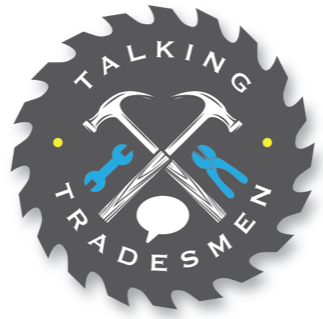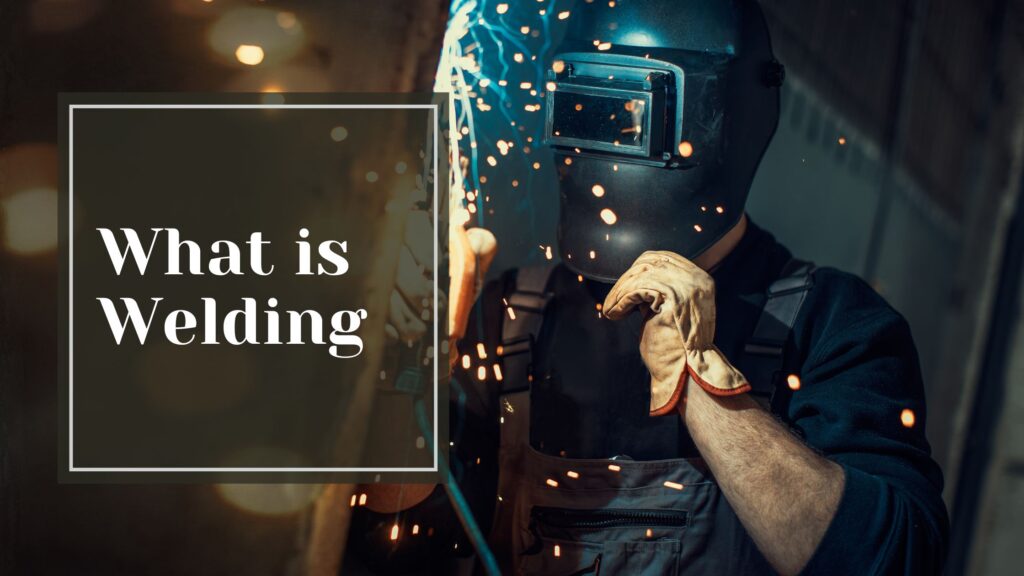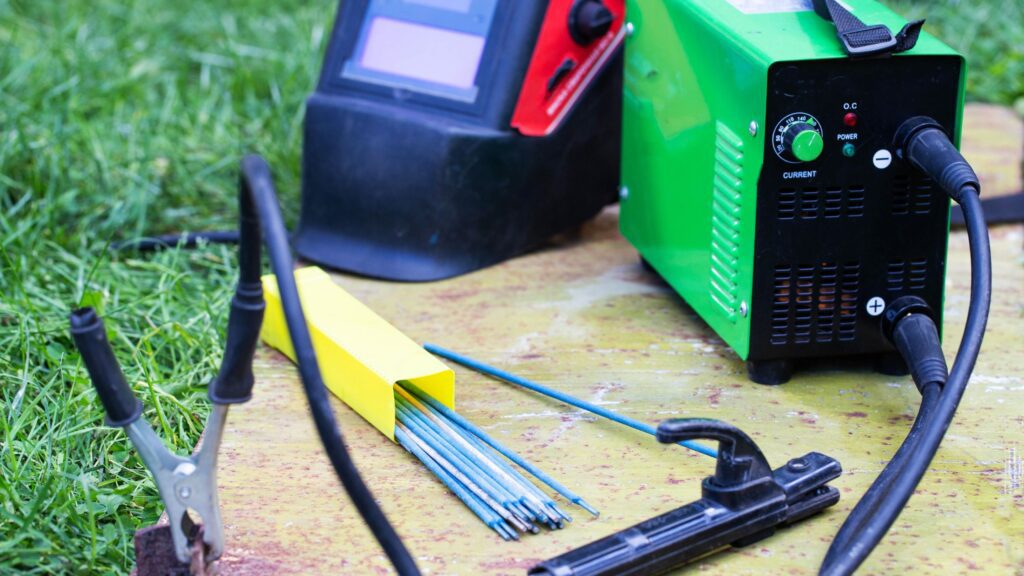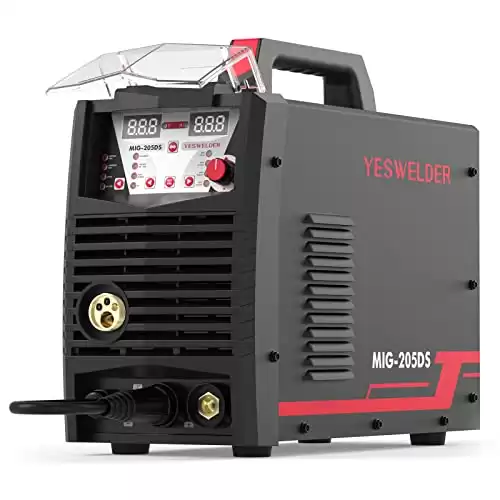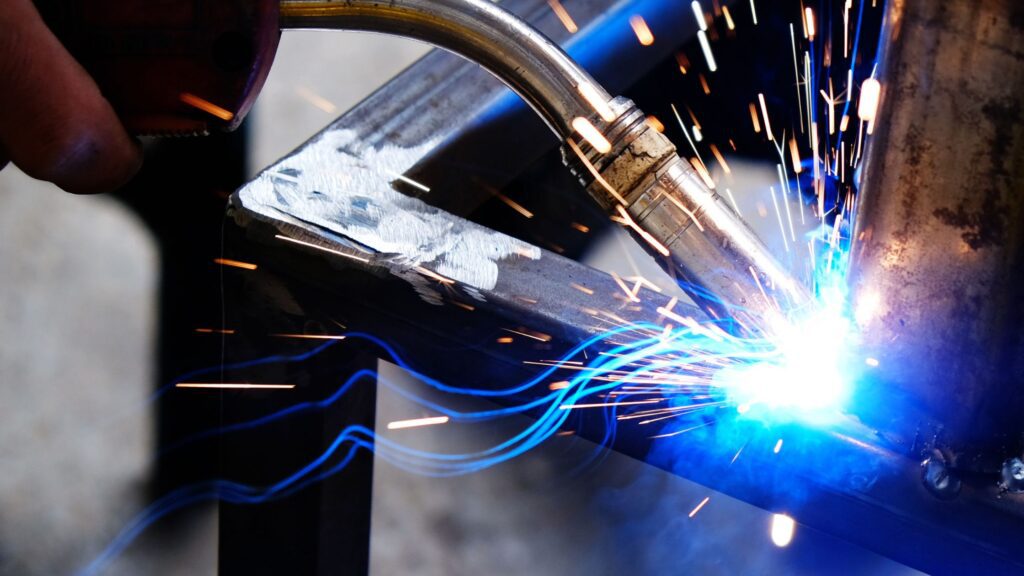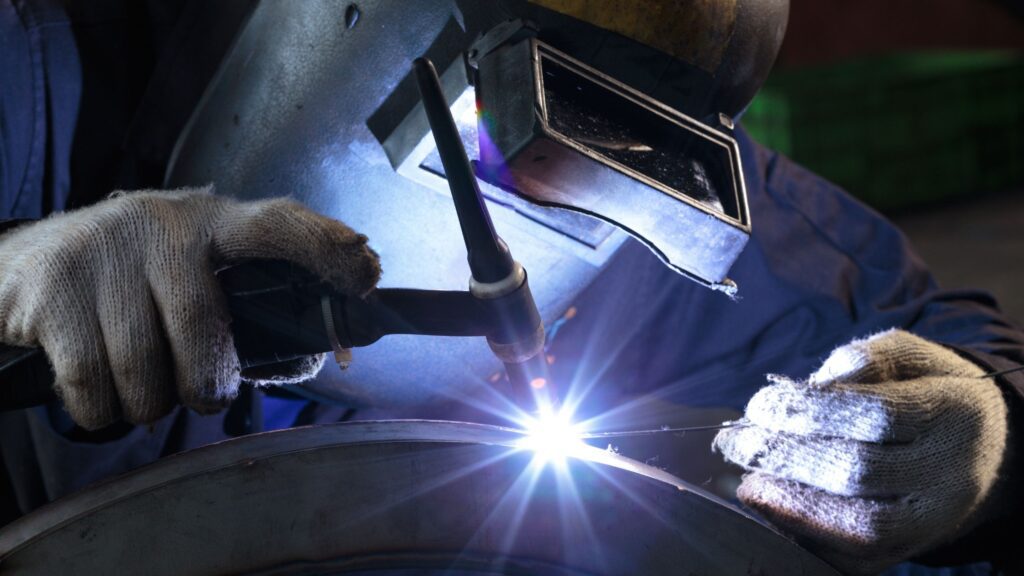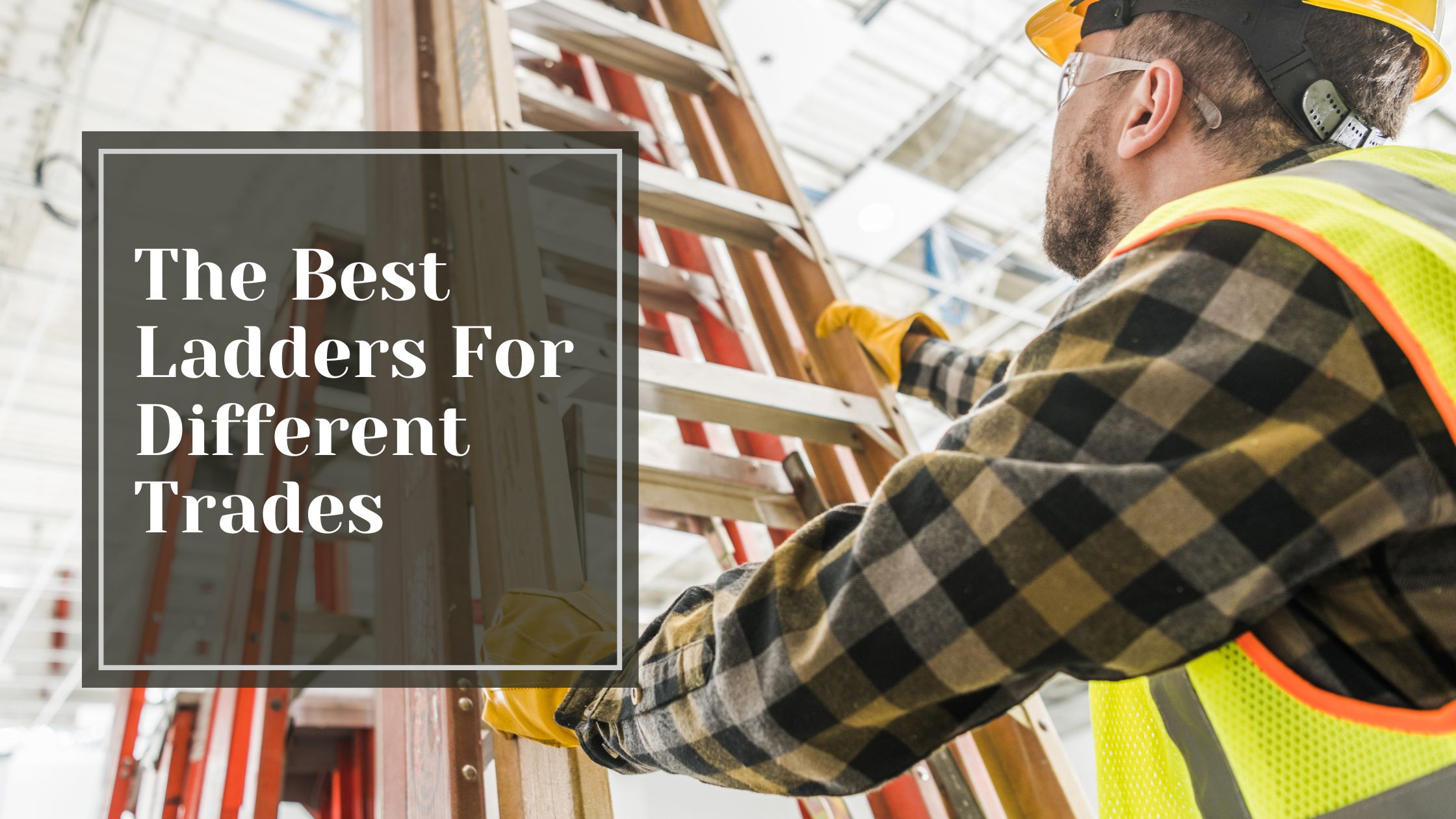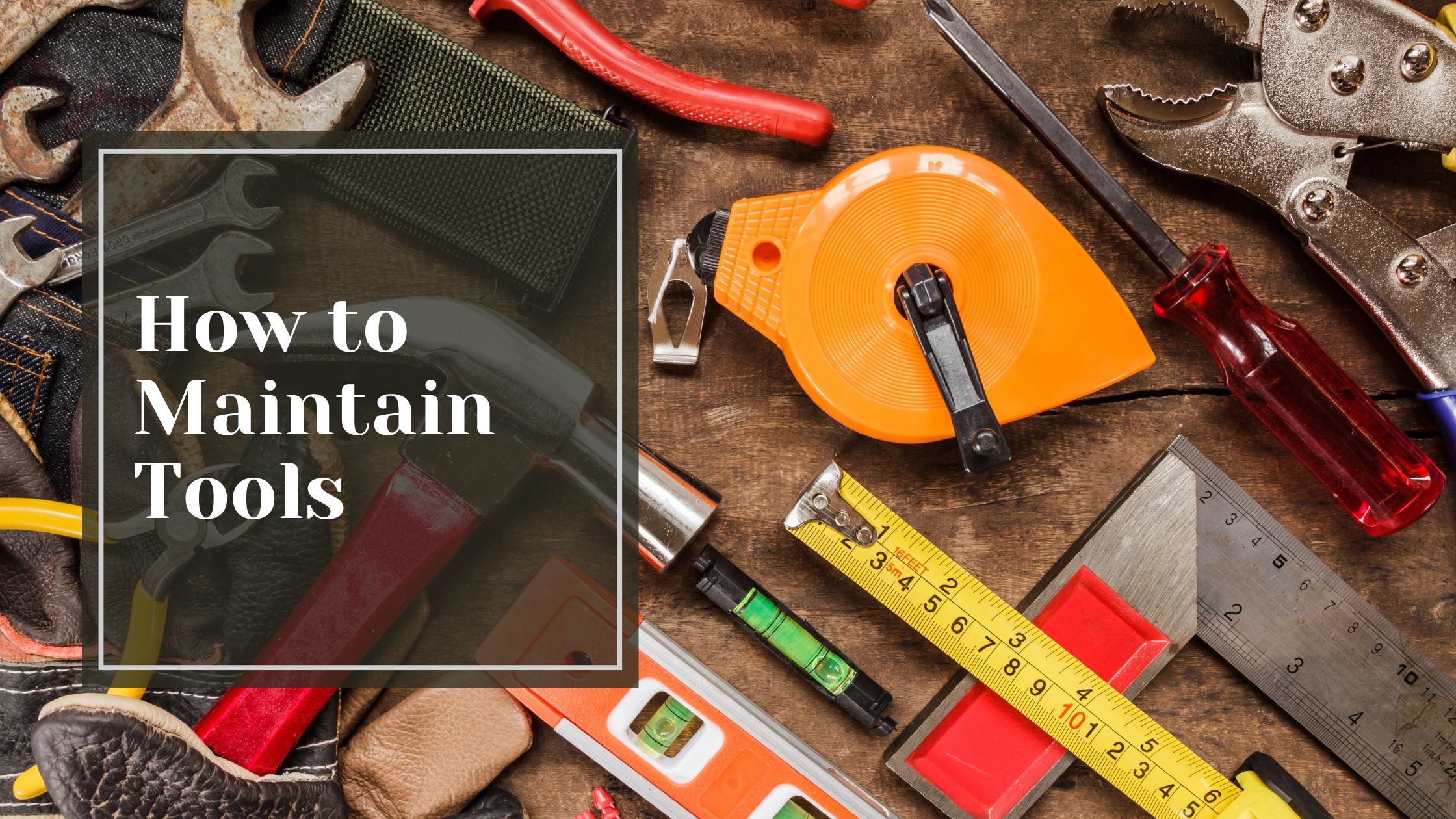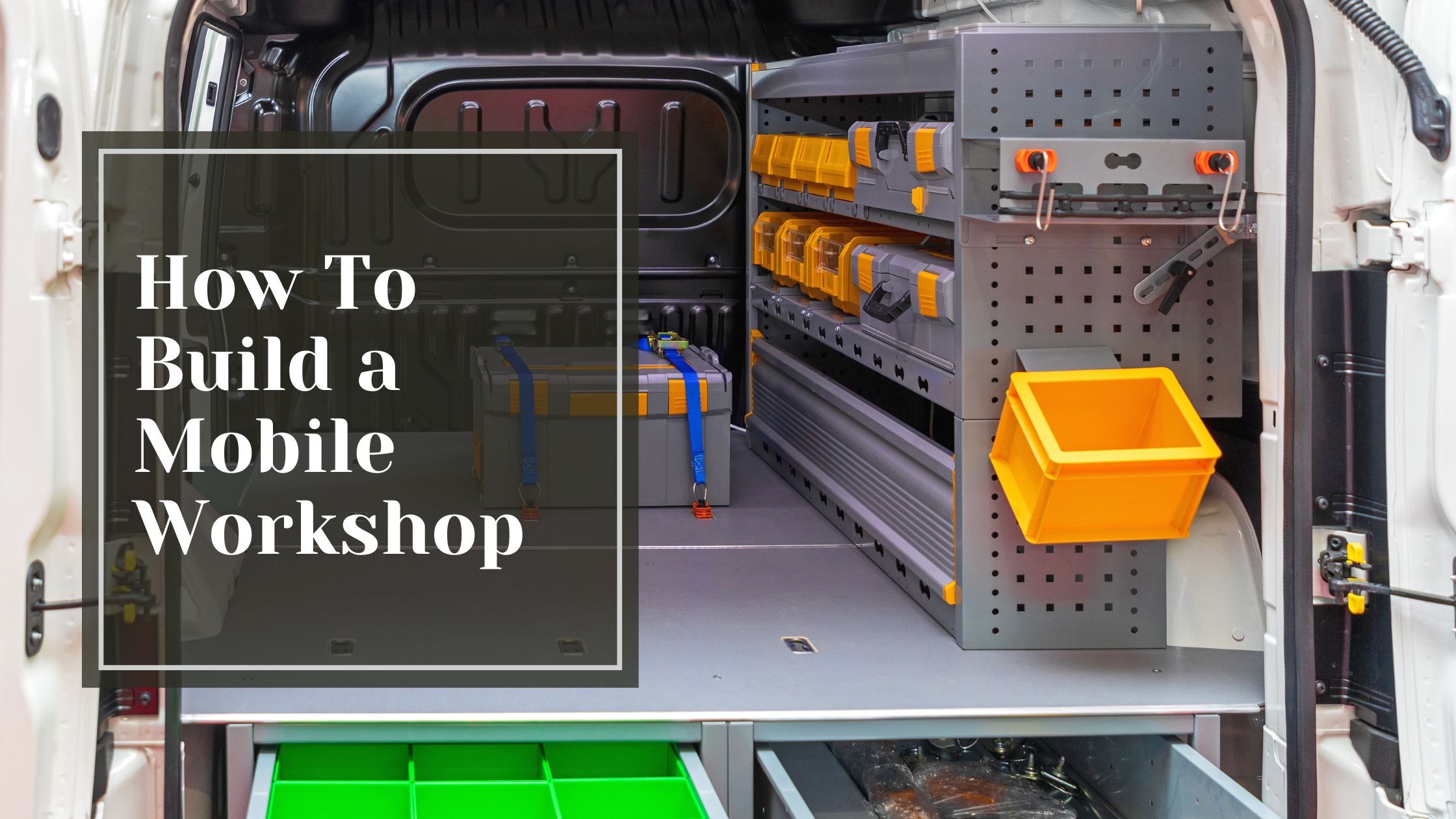In the world of metal work and fabrication, there’s an age-old technique that holds everything together—literally. Welding; the process of joining materials together plays a pivotal role in creating structures ranging from towering skyscrapers to intricate sculptures. In this guide we dive into the fundamentals of welding, expressing the basics, explaining the safety protocols, and exemplifying some invaluable tips and tricks along the way. After reading this from us in Talking Tradesmen, you’ll be guaranteed to have a great grasp of “Welding 101”.
Table of Contents
ToggleWhat is Welding?
At its core, welding is the art and science of joining materials, typically metals, by melting and fusing them together. This fusion creates a strong bond between the materials, allowing them to function as a single, cohesive unit. While welding has been practiced for centuries, modern advancements have introduced various techniques, equipment, and safety measures to enhance efficiency and precision.
Welding Safety
Before diving into the world of welding, it’s crucial to prioritize safety. Welding involves high temperatures, intense light, and hazardous fumes, making proper safety precautions non-negotiable. Here are the essential safety measures to follow:
Protective Gear
Invest in quality welding gear, including a welding helmet with a darkened lens to shield your eyes from the intense light, flame-resistant clothing, gloves, and steel-toed boots to protect against sparks and molten metal.
Ventilation
Ensure adequate ventilation in your workspace to dissipate fumes and prevent the buildup of harmful gases. If working indoors, consider using exhaust systems or welding booths equipped with ventilation.
Fire Safety
Keep a fire extinguisher nearby at all times and familiarize yourself with its proper use. Clear the area of flammable materials and establish a fire-safe zone around your workspace.
Electrical Safety
Be mindful of electrical hazards when working with welding equipment. Inspect cables and connections for damage, and avoid using equipment with exposed wires or frayed insulation.
Training
Never attempt welding without proper training and supervision. Enroll in a certified welding course to learn techniques, safety protocols, and best practices from experienced instructors.
The Basics
Now that safety is at the forefront, let’s explore the basic principles of welding:
Types of Welding
Welding encompasses various techniques, each suited to specific applications. Common types include MIG (Metal Inert Gas) welding, TIG (Tungsten Inert Gas) welding, stick welding (SMAW), and flux-cored arc welding (FCAW). Research each method to determine which best suits your project requirements.
Preparation
Proper preparation is key to achieving quality welds. This includes cleaning the materials to be welded to remove dirt, rust, and other contaminants that could weaken the bond. Additionally, ensure proper fit-up and alignment to facilitate smooth welding.
Setting Parameters
Adjust welding parameters such as voltage, amperage, and wire feed speed according to the material thickness and type, as well as the welding technique being used. Refer to equipment manuals and welding charts for recommended settings.
Welding Technique
Practice proper welding technique, maintaining a steady hand and consistent travel speed. Pay attention to the angle and direction of the weld bead, as well as the size and spacing of welds.
Post-Welding Inspection
After completing a weld, inspect it for defects such as cracks, porosity, or incomplete fusion. Use non-destructive testing methods like visual inspection, dye penetrant testing, or ultrasonic testing to ensure weld integrity.
YESWELDER Digital MIG-205DS: A versatile 3-in-1 welder for MIG, TIG, and ARC welding, ideal for various projects and materials.
Tips and Tricks
Mastering welding takes time and practice, but these tips can help streamline your learning curve:
- Practice on Scrap Material
Before tackling a major project, hone your skills by practicing on scrap metal of similar composition and thickness. This allows you to experiment with different techniques and settings without risking the integrity of your final work.
- Maintain Proper Grounding
Ensure your workpiece is securely grounded to prevent electrical arcing and maintain a stable arc during welding. Clean the grounding clamp and work surface to remove any paint, rust, or debris that could impede conductivity.
- Control Heat Input
Avoid overheating the base metal, as excessive heat can lead to distortion, warping, and metallurgical changes. Use a weaving motion or stitch welding technique to distribute heat evenly and minimize distortion.
- Experiment with Joint Designs
Different joint designs, such as butt joints, lap joints, and T-joints, require varying welding techniques and parameters. Experiment with different joint configurations to expand your welding repertoire.
- Invest in Quality Equipment
While it may be tempting to cut costs with budget equipment, investing in high-quality welding machines, consumables, and safety gear pays dividends in terms of performance, reliability, and safety.
What is Welding: Express Your Metallurgic Creativity
Armed with this info, you’re more than equipped to take the world by welding. There’s an infinite number of ways to express your metallurgic creativity with welding, just remember, safety always comes first. With practice and perseverance, you’ll soon unlock the full potential of welding, transforming raw materials into works of art and engineering marvels. Happy welding!
Frequently Asked Questions
What Is Welding And How Does It Work?
Welding is the process of joining materials, usually metals, by melting and fusing them together to form a strong bond. This technique allows the materials to function as a single, cohesive unit.
What Are The Different Types Of Welding?
There are several types of welding, including MIG (Metal Inert Gas) welding, TIG (Tungsten Inert Gas) welding, stick welding (SMAW), and flux-cored arc welding (FCAW). Each method is suited to specific applications and materials.
Why Is Safety Important In Welding?
Safety is crucial in welding due to the high temperatures, intense light, and hazardous fumes involved. Proper safety measures, such as wearing protective gear and ensuring good ventilation, prevent injuries and health risks.
What Basic Equipment Is Needed For Welding?
Essential welding equipment includes a welding machine, a welding helmet with a darkened lens, flame-resistant clothing, gloves, steel-toed boots, and proper ventilation systems. Quality equipment ensures better performance and safety.
How Can I Improve My Welding Skills?
Improving welding skills takes practice and knowledge. Start by practicing on scrap material, maintaining proper grounding, controlling heat input, and experimenting with different joint designs. Enrolling in a certified welding course can also provide valuable training and insights.
